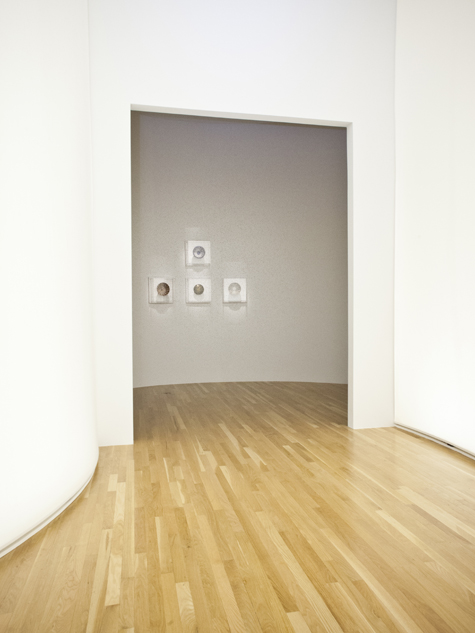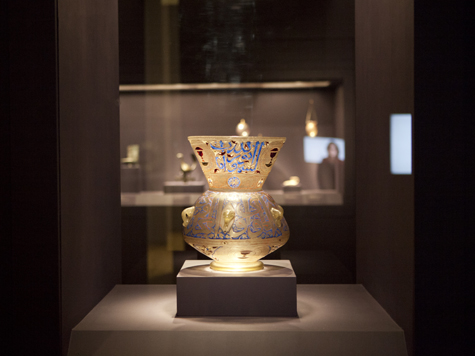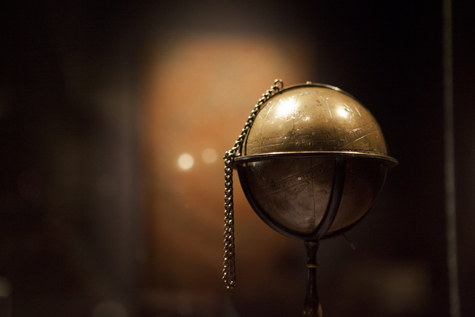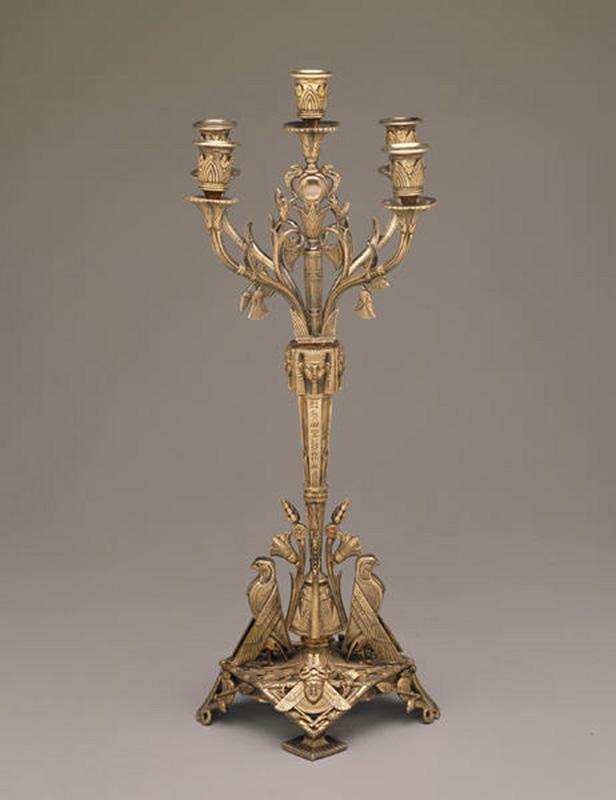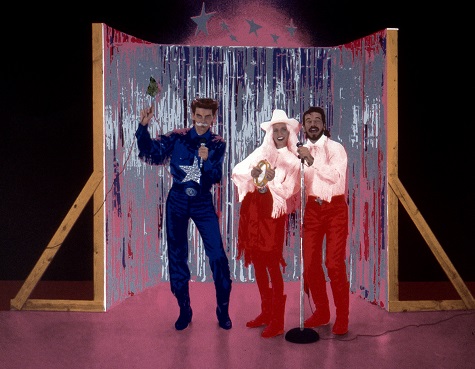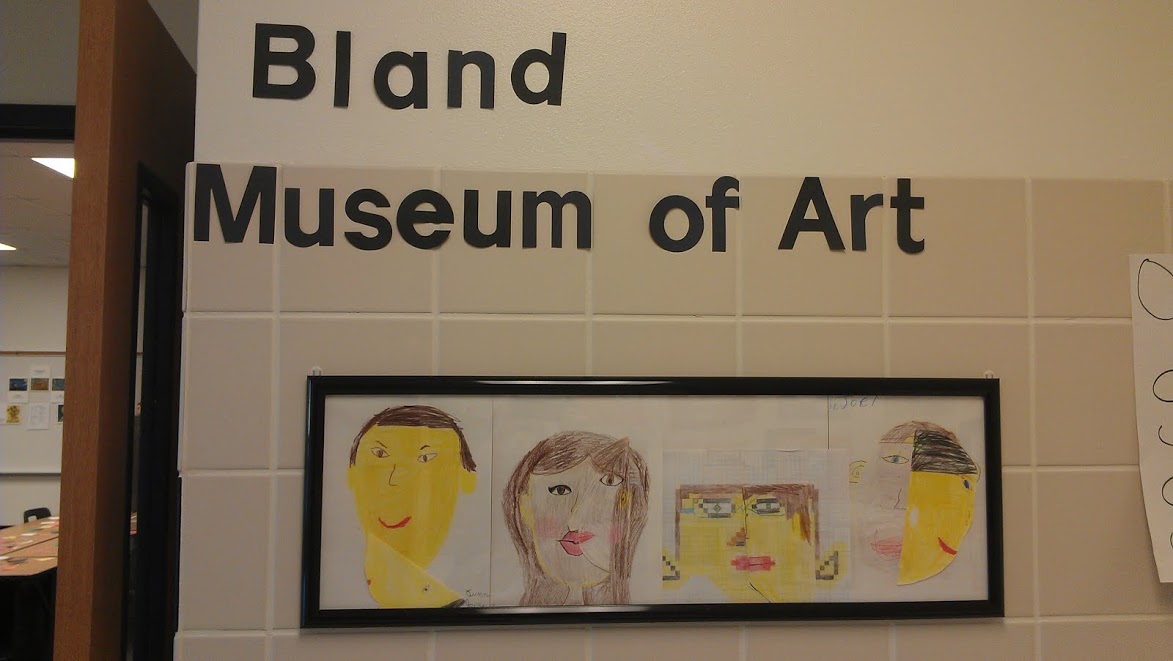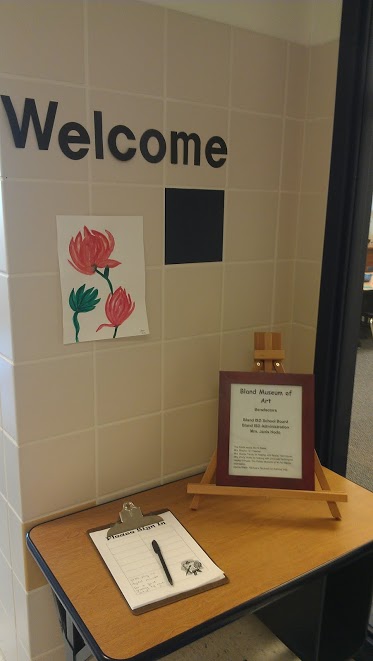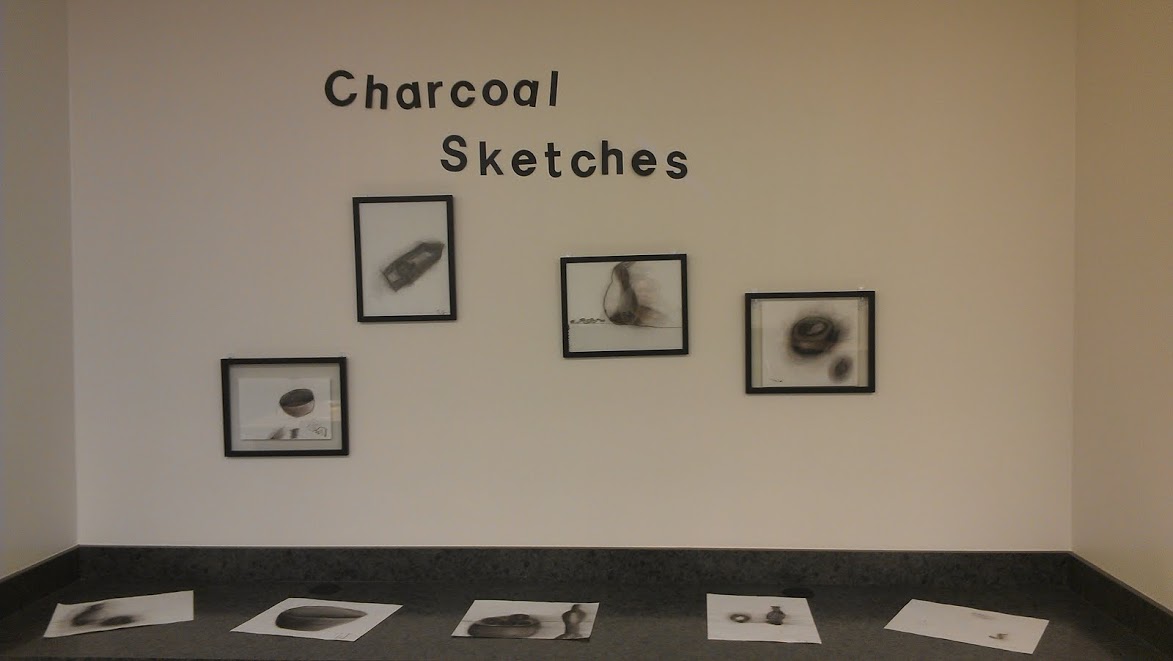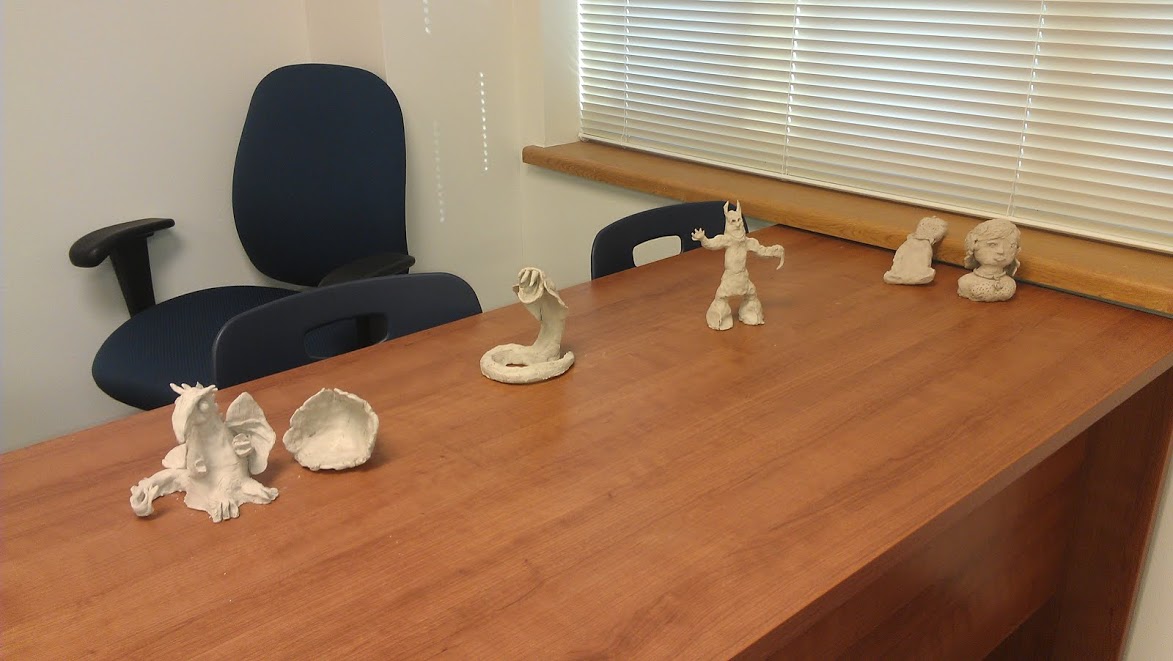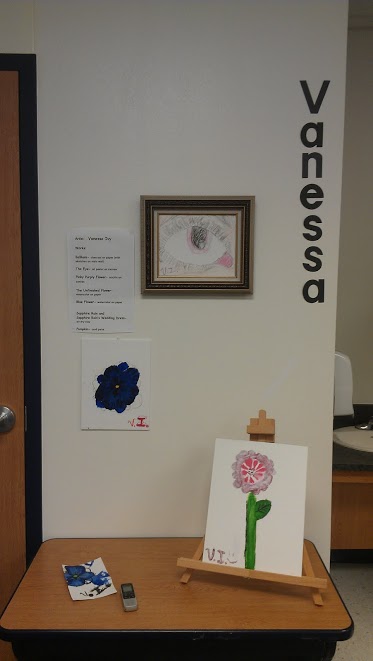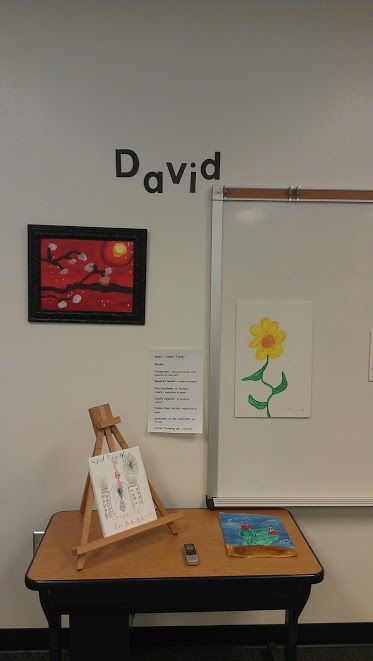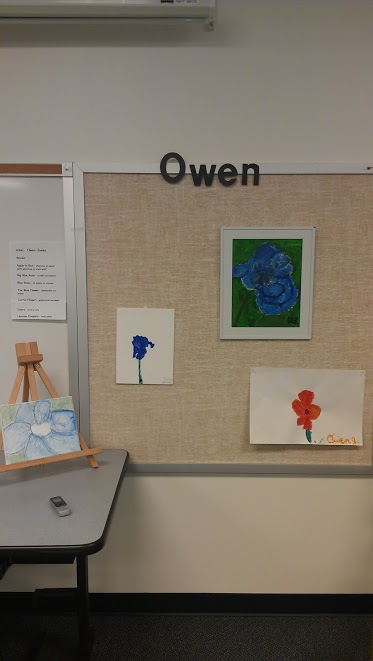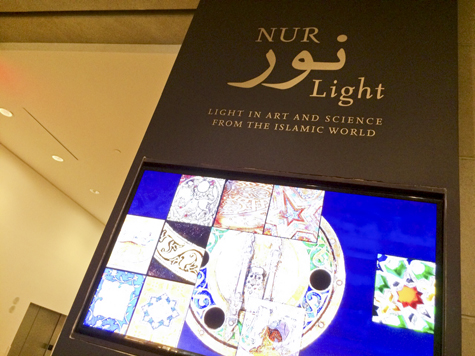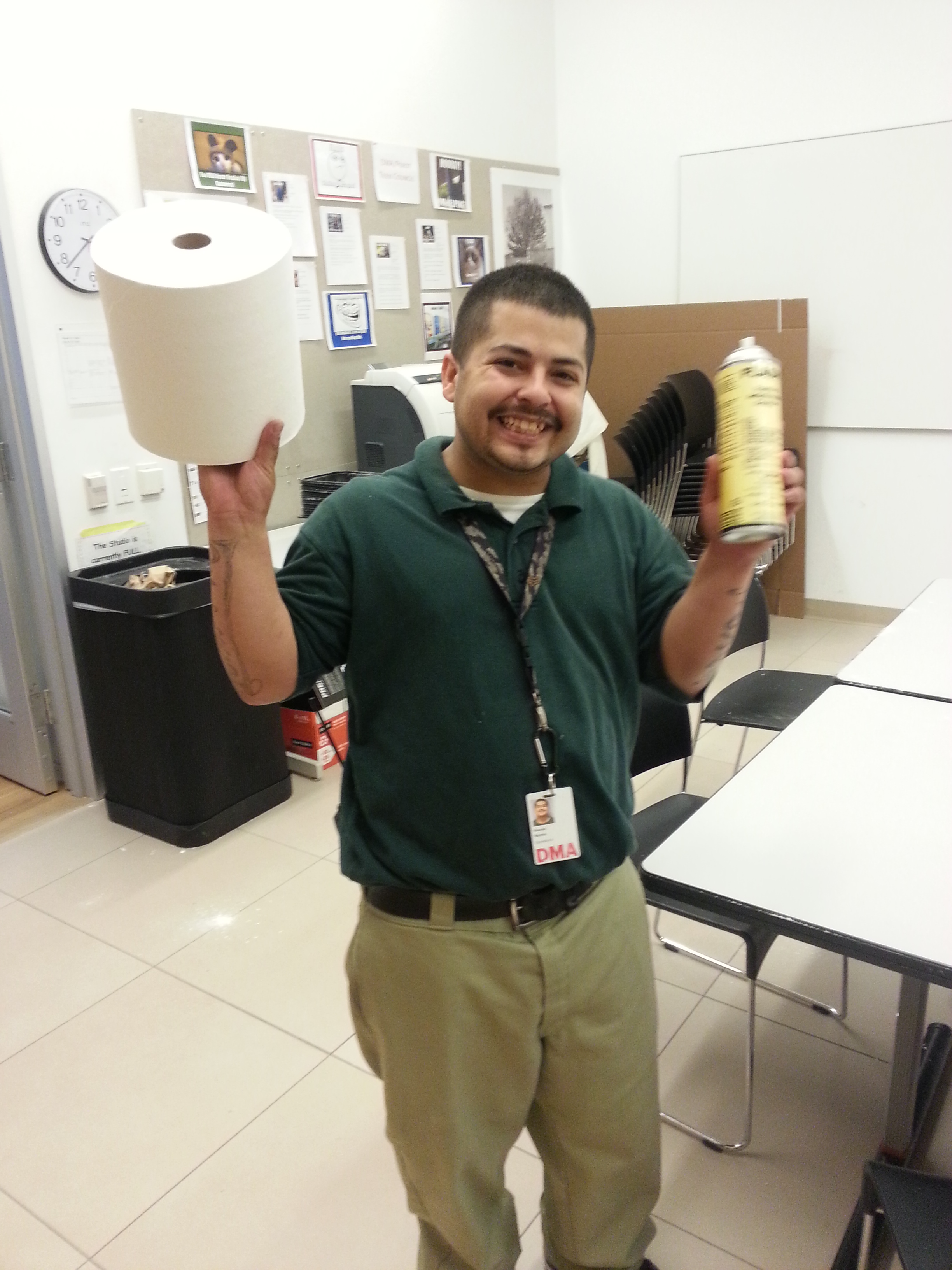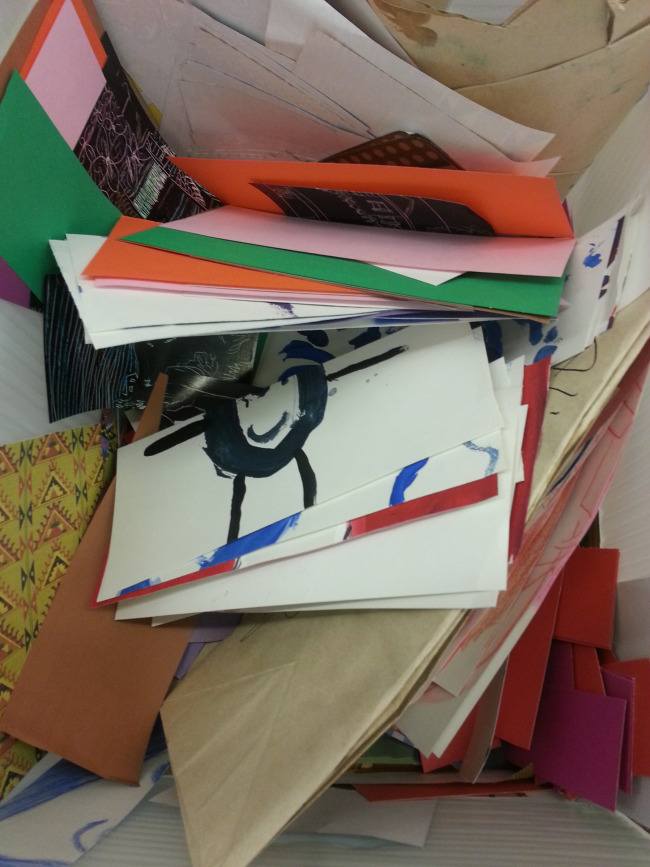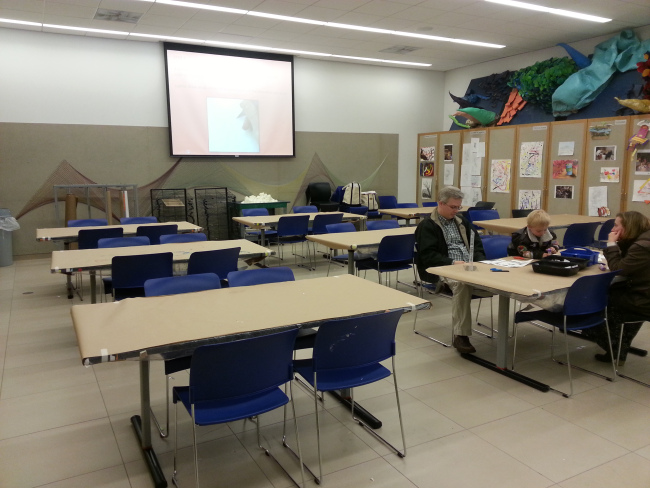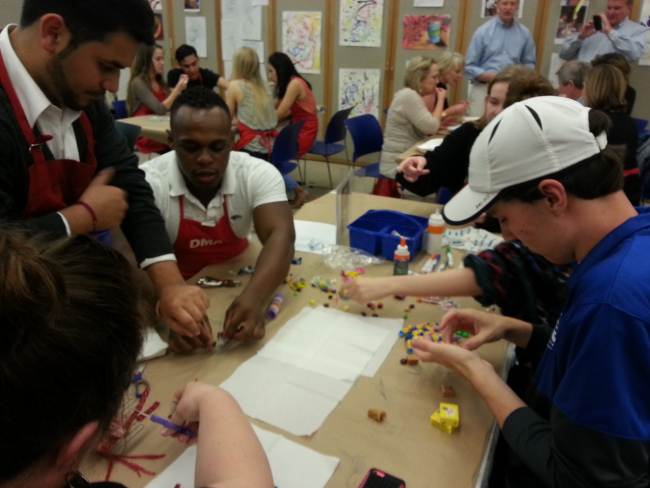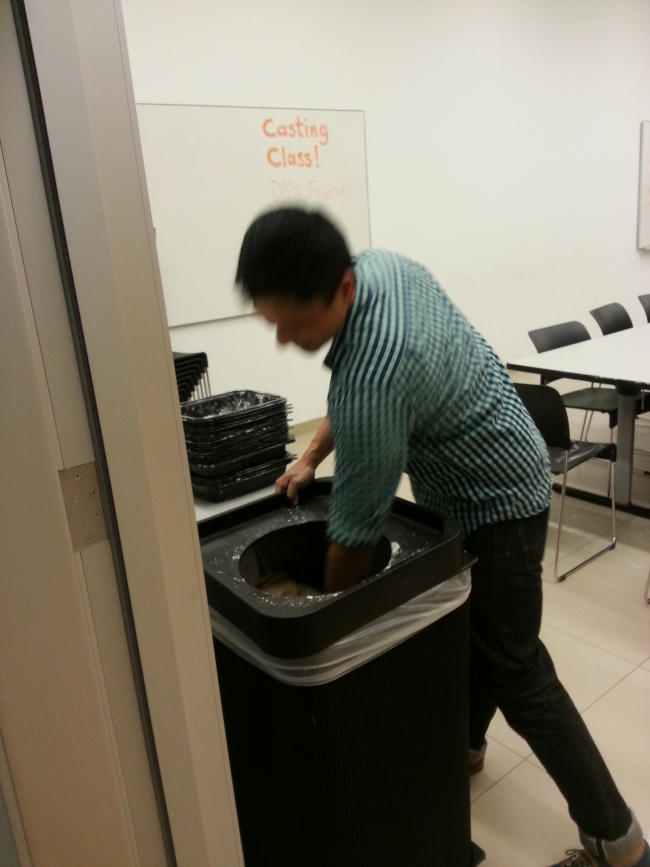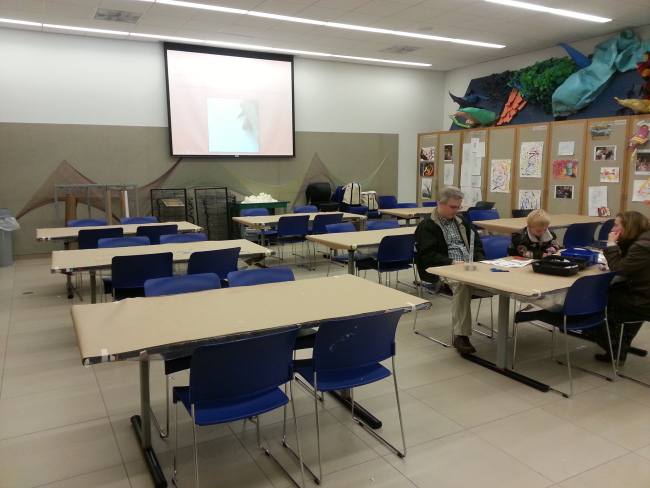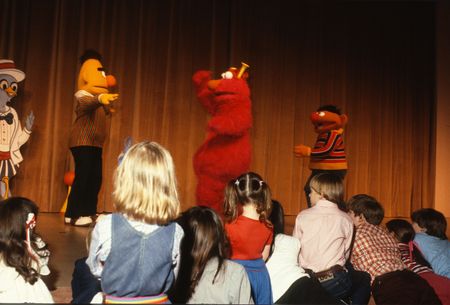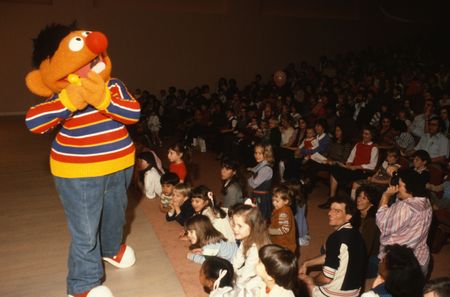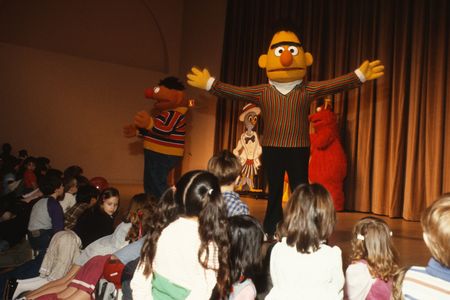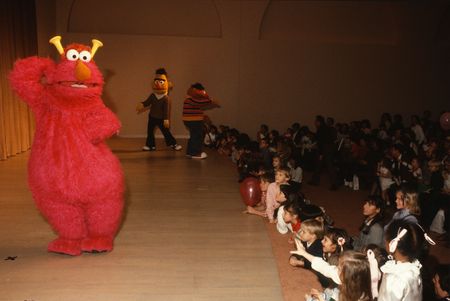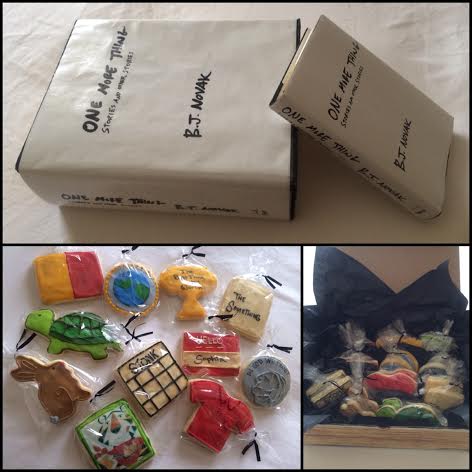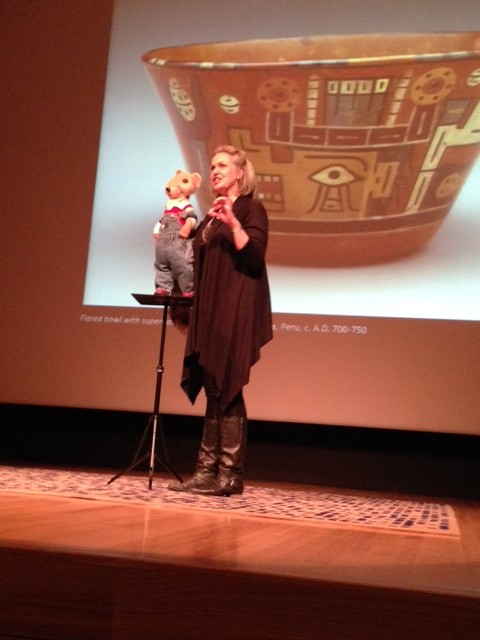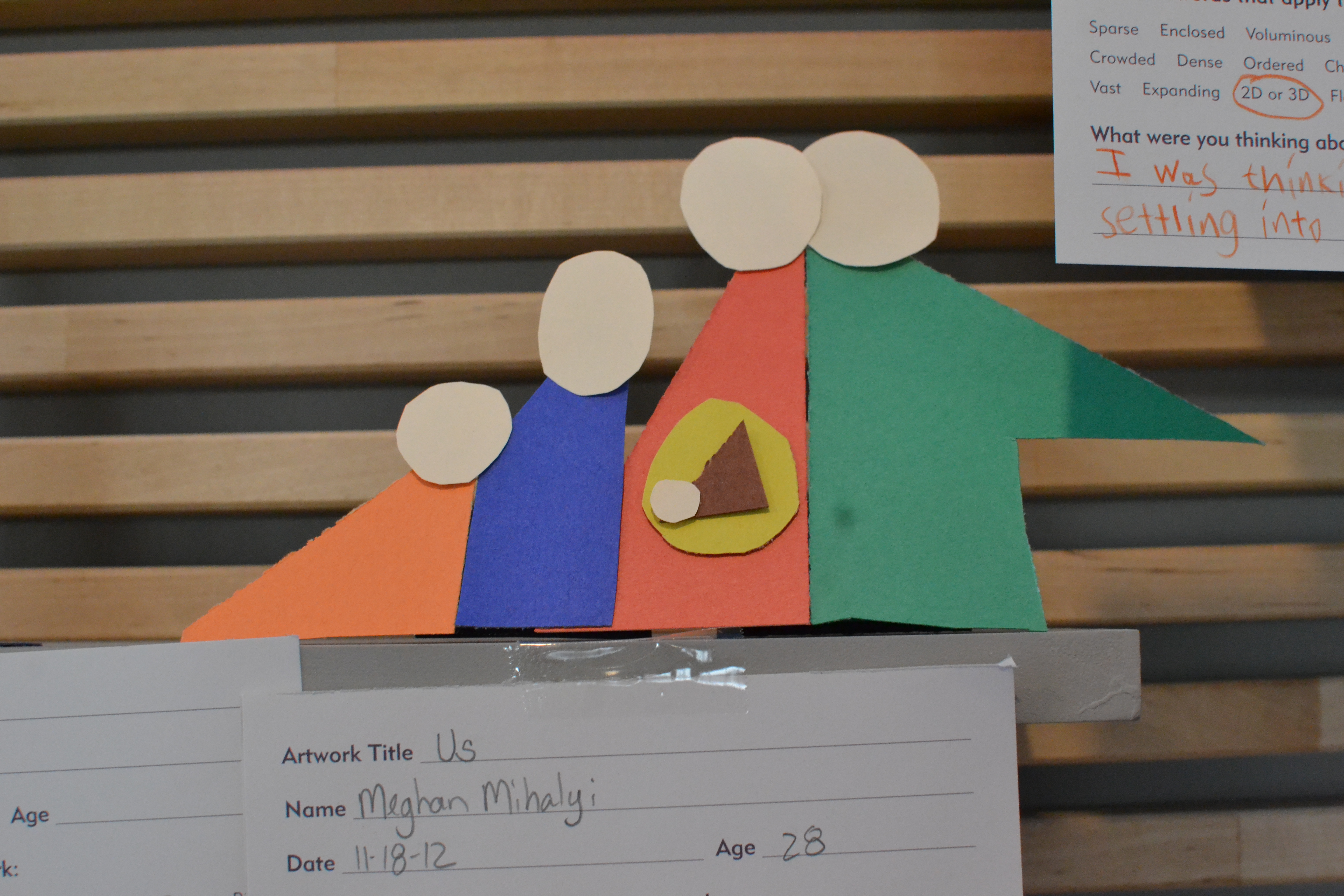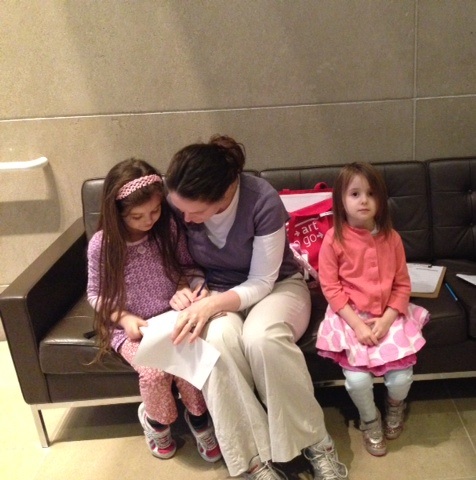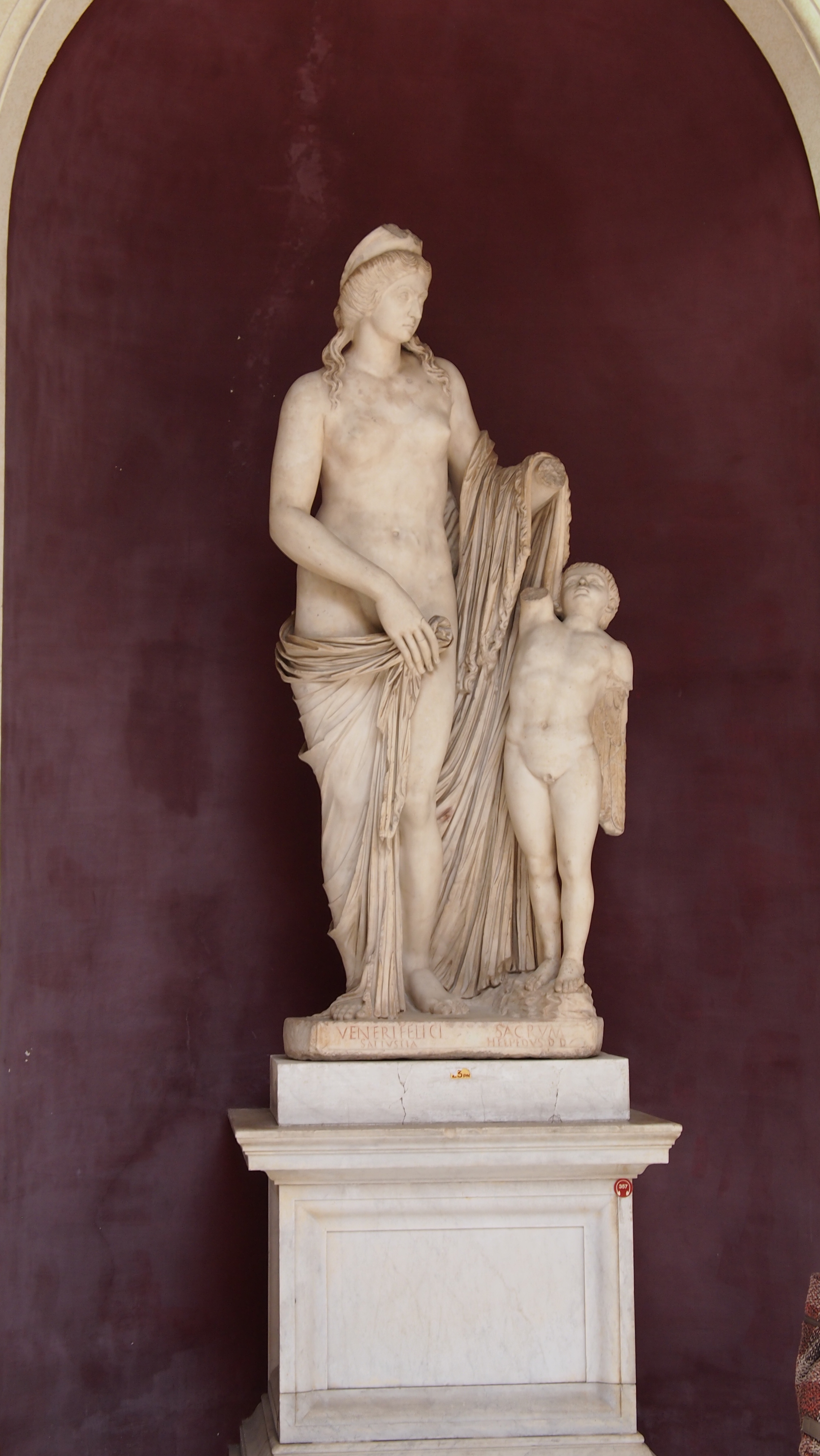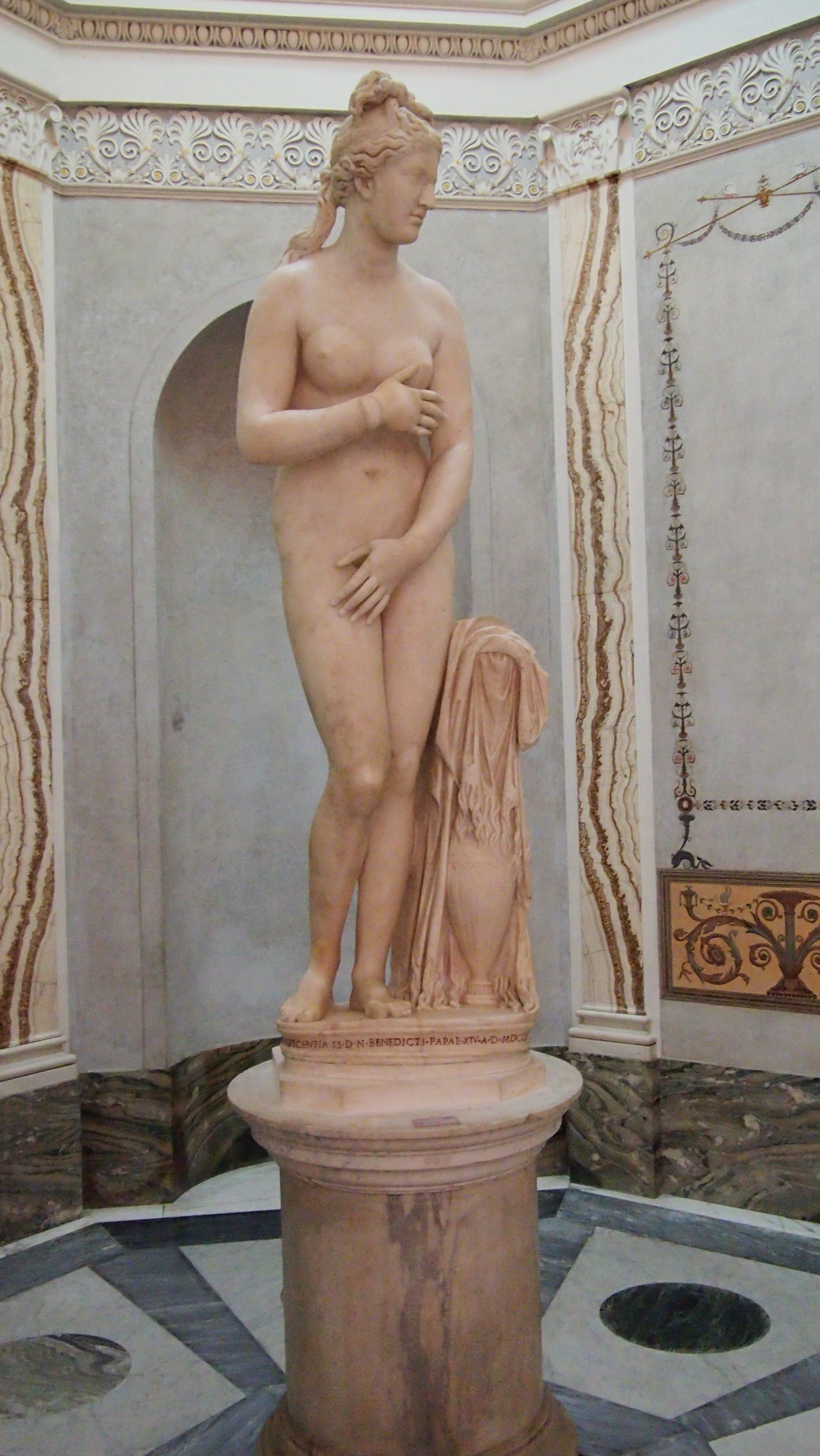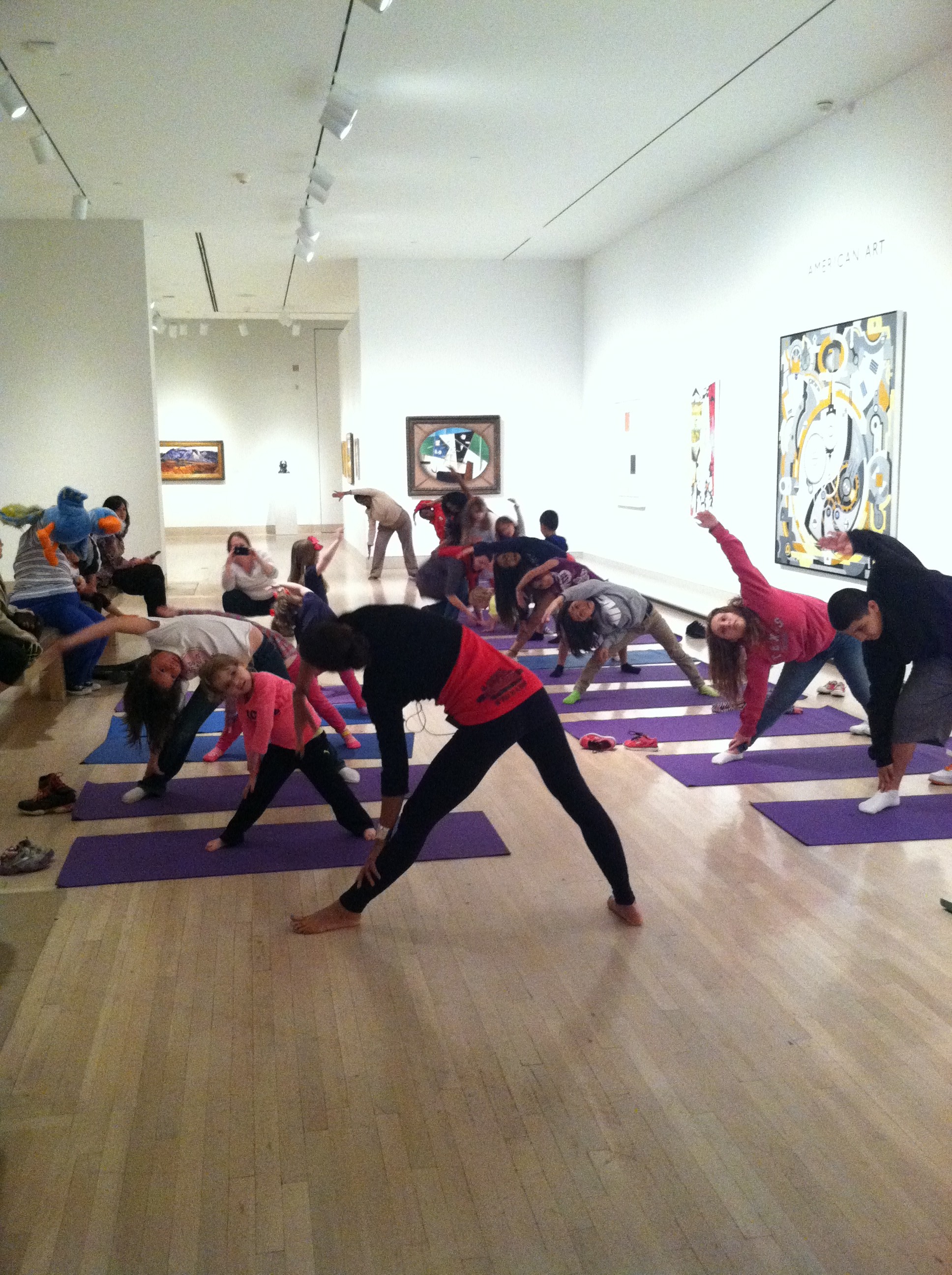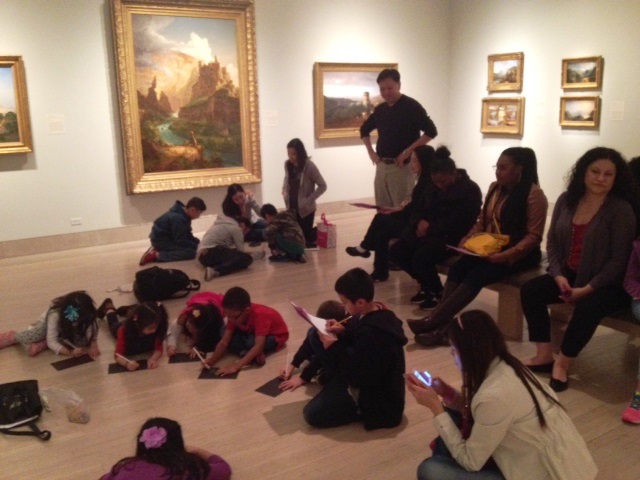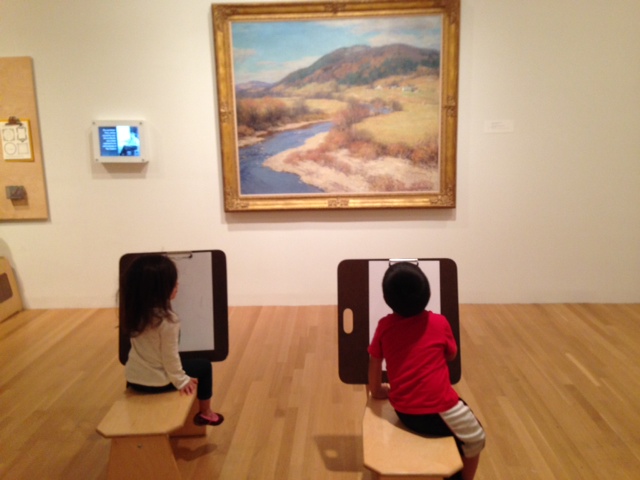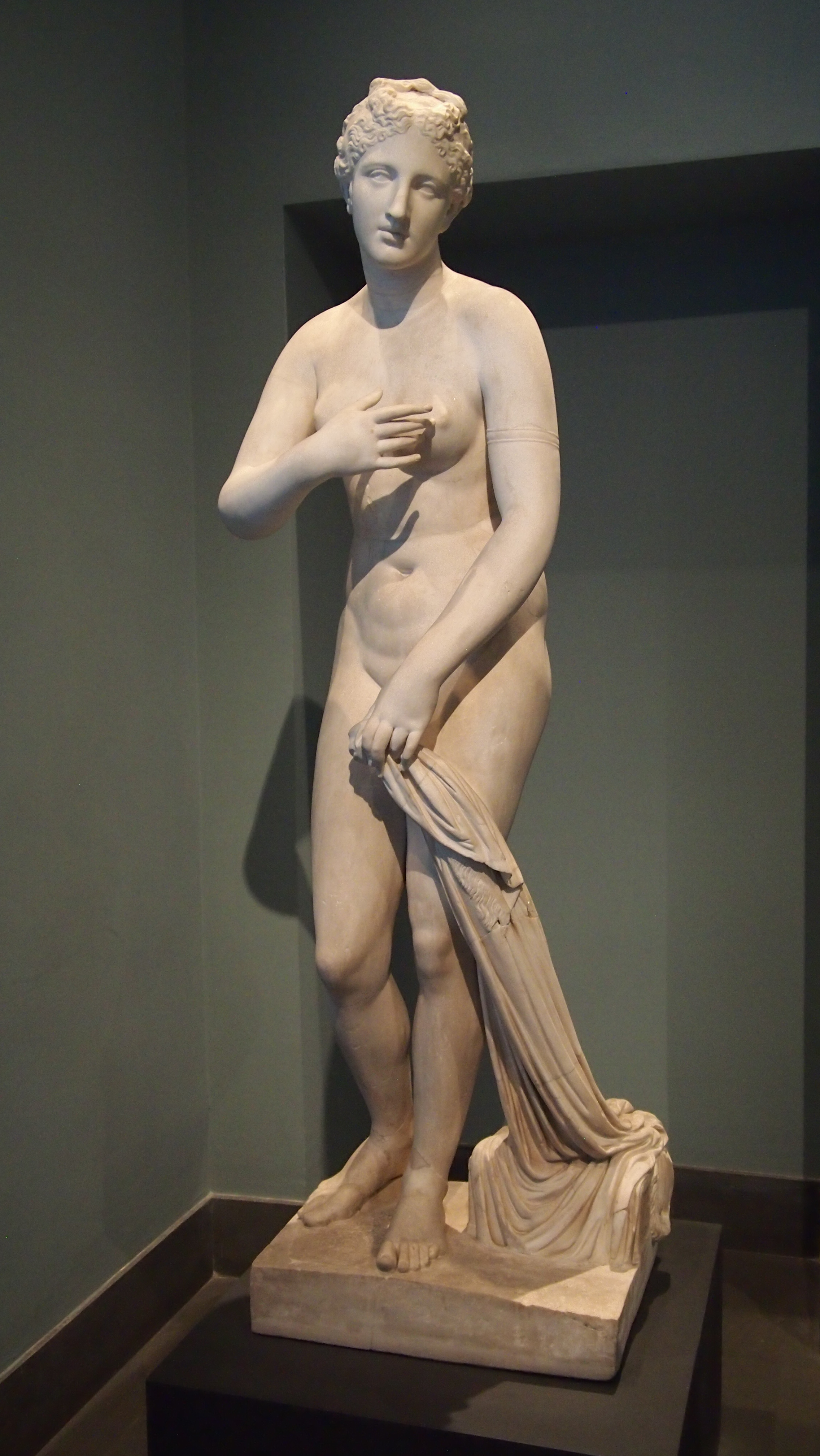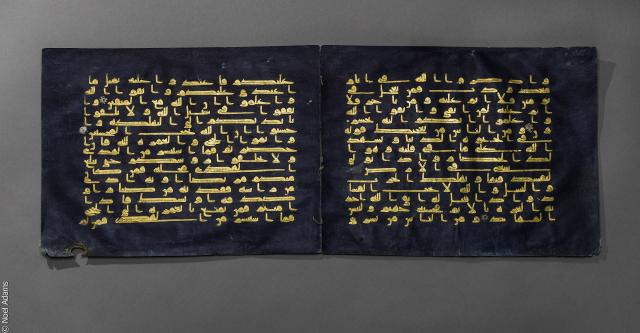
Quran Bifolio, Tunisia, Qayrawan, late 9th – early 10th century , vellum, ink, gold, silver, and blue dye, Furusiyya Art Foundation, Vaduz, Photo © Noel Adams
We are thrilled to present Nur: Light in Art and Science from the Islamic World at the DMA through June 29. The exhibition explores light in Islamic culture–in the physical and metaphysical sense–through both secular and sacred works, produced in places from Spain to Asia, dating from the 7th century to the 21st. The Islamic world is vast, and the diversity of cultures embraced by Islam is rich. To assist you in teaching about Islamic culture, we’ve pulled together some useful online resources:
- Heilbrunn Timeline of Art History – Islamic Art
This series of essays chronicles the historical periods of Islam, including the art that was produced during each. - Metropolitan Museum of Art – Art of the Islamic World
This resource provides background information about the art and culture of the Islamic world and teaching ideas for supporting studies of English language arts, math, science, social studies, world history, and visual arts. - Islam: Empire of Faith – PBS Documentary and Website
This informative documentary, narrated by Ben Kingsley, illustrates the entire history of Islam. The documentary is accessible via YouTube or available for purchase through Shop PBS. - Islam: Empire of Faith – Educational Resources
These lesson plans are designed for secondary social studies, civics, religion, and language arts classes to accompany the PBS Islam: Empire of Faith video and website. - Islamic Art at the Los Angeles County Museum of Art
This online resource provides an historical overview of the periods of Islam, with examples of artwork from each period in LACMA’s collection. The resource includes great examples of contemporary Islamic art. - Beauty and Belief: Crossing Bridges with the Arts of Islamic Culture – Teaching Resources
These teaching resources were created in conjunction with a 2013 exhibition at the Brigham Young University Museum of Art, curated by Sabiha Al Kemir, the curator of Nur. - DMA.mobi
Read about several works of art in Nur: Light in Art and Science from the Islamic World.
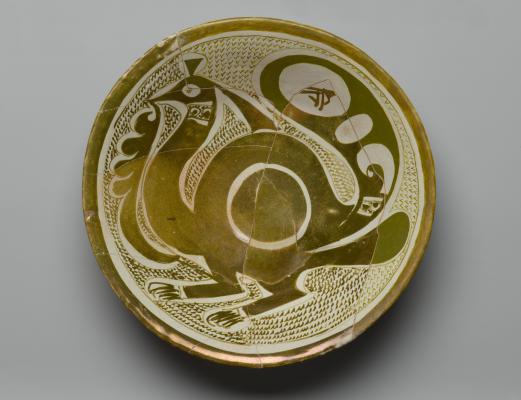
Bowl with bird, 9th-10th century, Iraq, luster-painted, Brooklyn Museum, Gift of the Ernest Erickson Foundation, Inc., Brooklyn, USA
Andrea Severin Goins
Interpretation Specialist
